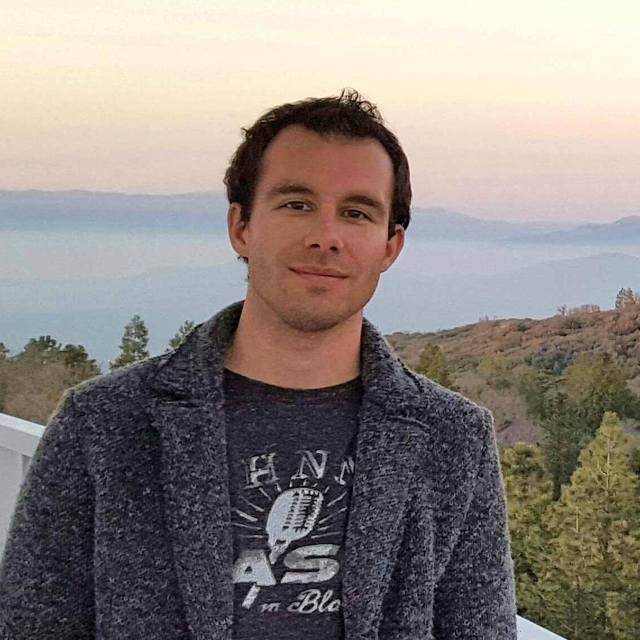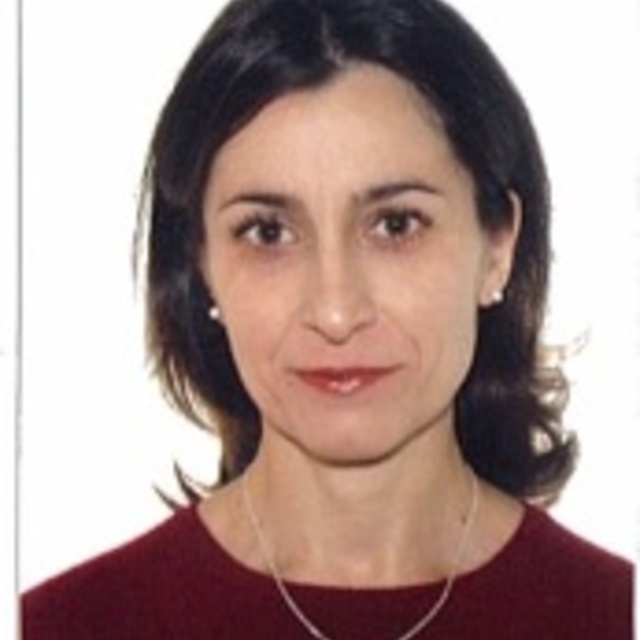April
2022
•
2022ApJ...929...66F
Authors
•
Faisst, Andreas L.
•
Chary, Ranga Ram
•
Fajardo-Acosta, Sergio
•
Paladini, Roberta
•
Rusholme, Benjamin
•
Stickley, Nathaniel
•
Helou, George
•
Weaver, John R.
•
Brammer, Gabriel
•
Koekemoer, Anton M.
•
Miyatake, Hironao
Abstract
•
The faint-end slope of the quasar luminosity function at z ~ 6 and its implication on the role of quasars in reionizing the intergalactic medium at early times has been an outstanding problem for some time. The identification of faint high-redshift quasars with luminosities of <1044.5 erg s-1 is challenging. They are rare (few per square degree), and the separation of these unresolved quasars from late-type stars and compact star-forming galaxies is difficult from ground-based observations alone. In addition, source confusion becomes significant at >25 mag, with ~30% of sources having their flux contaminated by foreground objects when the seeing resolution is ~0″.7. We mitigate these issues by performing a pixel-level joint processing of ground and space-based data from Subaru/Hyper-SuprimeCam (HSC) and Hubble Space Telescope (HST) Advanced Camera for Surveys (ACS). We create a deconfused catalog over the 1.64 deg2 of the COSMOS field, after accounting for spatial varying point-spread functions and astrometric differences between the two data sets. We identify twelve low-luminosity (M UV ~ -21 mag) z > 6 quasar candidates through (i) their red color measured between ACS/F814W and HSC/i band and (ii) their compactness in the space-based data. Nondetections of our candidates in Hubble DASH data argues against contamination from late-type stars. Our constraints on the faint end of the quasar luminosity function at z ~ 6.4 suggest a negligibly small contribution to reionization compared to the star-forming galaxy population. The confirmation of our candidates and the evolution of number density with redshift could provide better insights into how supermassive galaxies grew in the first billion years of cosmic time.
Links





